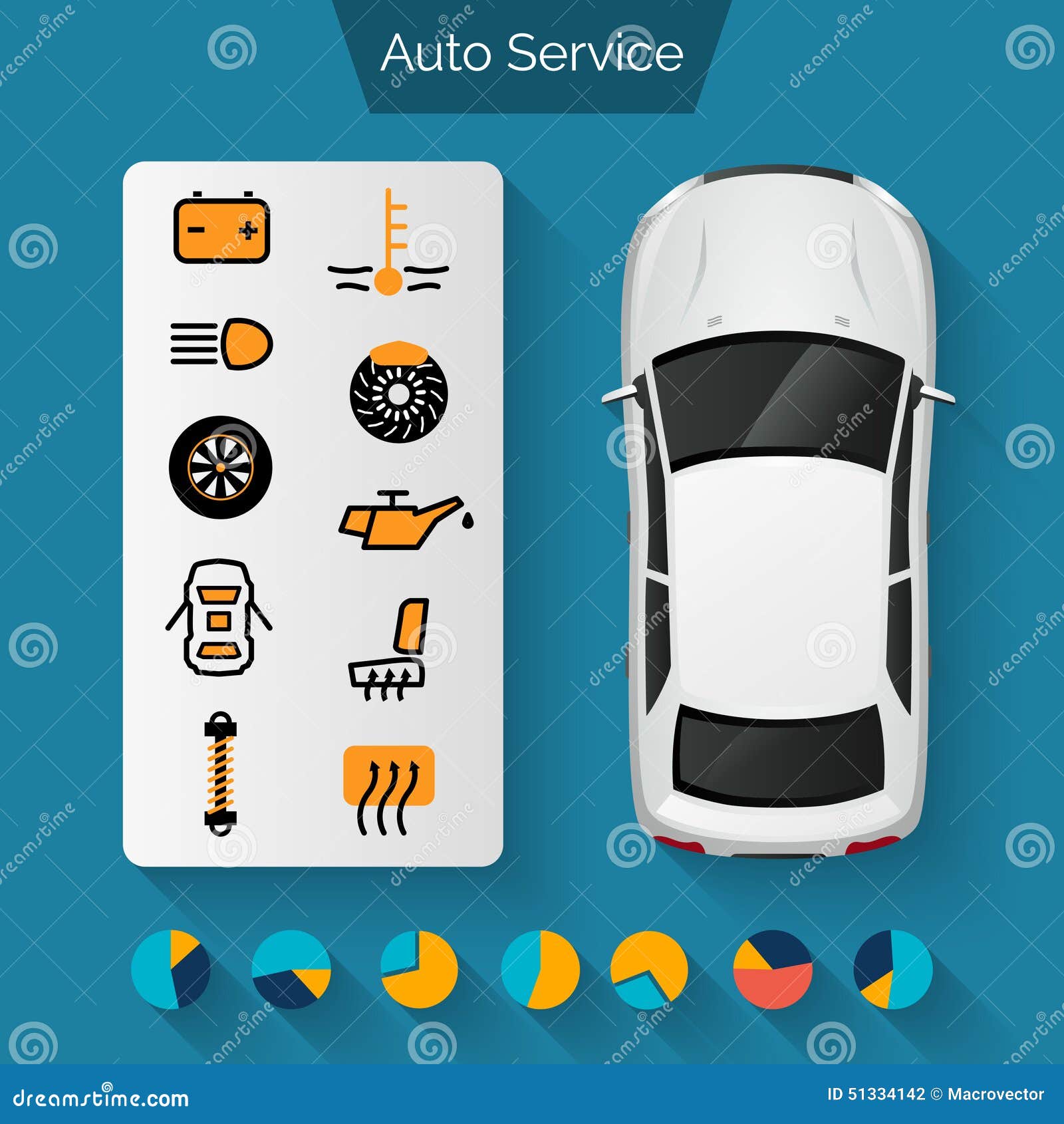Interpreting Your Vehicle'S Alert Lights: Their Real Effects
Interpreting Your Vehicle'S Alert Lights: Their Real Effects
Blog Article
Developed By-Faulkner Corbett
When you lag the wheel, those beautiful warning lights on your dashboard can be a little bit difficult. Do you understand what they're attempting to inform you regarding your vehicle's wellness? Recognizing https://drivers-class-near-me40617.getblogs.net/62434223/raise-your-auto-detailing-strategies-with-seasonal-support-to-ensure-your-cars-and-truck-remains-glowing-and-protected-find-out-just-how-to-browse-the-particular-challenges-that-each-period-brings of these lights is essential for your safety and security and the long life of your automobile. So, the following time among those lights turns up, would not you want to analyze its message precisely and take the essential actions to address it?
Common Warning Lighting and Interpretations
Identify typical caution lights in your vehicle and understand their definitions to guarantee risk-free driving.
The most regular caution lights include the check engine light, which indicates problems with the engine or discharges system. If this light begins, it's vital to have your vehicle checked quickly.
The oil pressure advising light suggests low oil pressure, needing instant focus to avoid engine damages.
A blinking battery light may suggest a damaged charging system, potentially leaving you stranded otherwise attended to.
The tire stress monitoring system (TPMS) light informs you to reduced tire pressure, influencing lorry security and fuel effectiveness. Ignoring this can cause hazardous driving conditions.
The abdominal light indicates an issue with the anti-lock stopping system, compromising your capability to quit promptly in emergency situations.
https://cheap-oil-change-near-me06283.targetblogs.com/30466091/the-vital-guide-to-automobile-outlining-supplies-what-every-new-fanatic-needs-to-find-out but not least, the coolant temperature cautioning light warns of engine overheating, which can lead to extreme damages if not solved swiftly.
Recognizing these typical warning lights will certainly aid you address concerns promptly and maintain risk-free driving problems.
Relevance of Prompt Focus
Comprehending the common warning lights in your automobile is just the very first step; the value of without delay resolving these cautions can not be highlighted sufficient to guarantee your safety and security when traveling.
When a caution light illuminates on your dashboard, it's your cars and truck's way of connecting a possible problem that needs attention. Ignoring these warnings can cause much more severe problems in the future, compromising your security and potentially costing you much more in repairs.
Trigger focus to warning lights can avoid breakdowns and crashes. As an example, a flashing check engine light could suggest a misfire that, if left unattended, might create damages to the catalytic converter. Resolving this promptly can conserve you from an expensive repair service.
In a similar way, a brake system cautioning light may signal reduced brake fluid or worn brake pads, important elements for your security when driving.
Do It Yourself Troubleshooting Tips
If you see a caution light on your control panel, there are a couple of DIY fixing ideas you can try prior to looking for specialist assistance.
The first step is to consult your car's handbook to comprehend what the particular caution light shows. Occasionally the issue can be as basic as a loose gas cap triggering the check engine light. Tightening the gas cap might resolve the problem.
Another typical issue is a reduced battery, which can trigger various warning lights. Checking the battery connections for corrosion and guaranteeing they're protected could repair the problem.
If a caution light persists, you can try resetting it by detaching the car's battery for a couple of mins and afterwards reconnecting it. In addition, inspecting your automobile's fluid levels, such as oil, coolant, and brake liquid, can assist fix alerting lights associated with these systems.
visit the following webpage , recognizing your vehicle's caution lights is crucial for keeping your car running smoothly and safely. By immediately addressing these signals and recognizing what they suggest, you can prevent pricey repairs and prospective malfunctions.
Remember to consult your vehicle's handbook for certain information on each warning light and take action as necessary to make certain a hassle-free driving experience.
Keep informed, stay safe when traveling!
